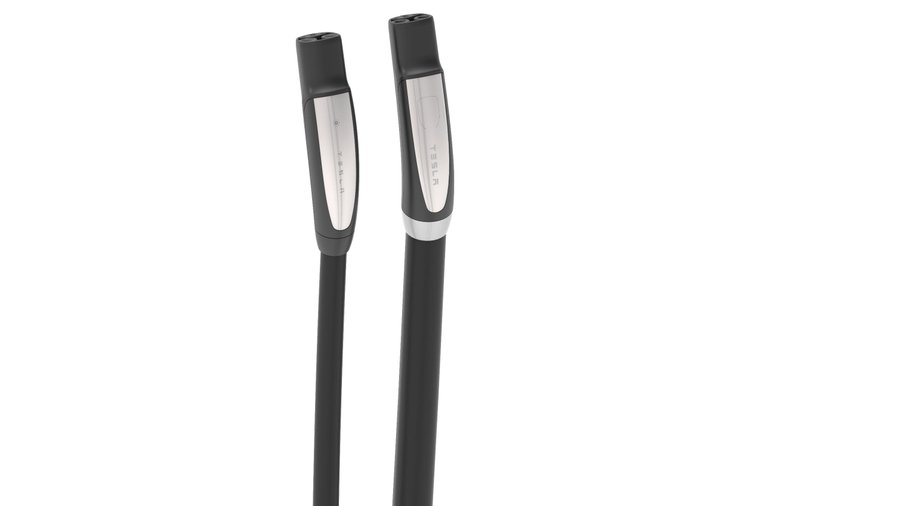Don't forget that CHAdeMO was designed for a different purpose than Superchargers.
CHAdeMO came out of a TEPCO (Tokyo Electric Power Company) study where a bunch of short-range, slow charging EVs were made available for use by TEPCO employees at one of their large facilities. They monitored the use of these vehicles and found that nearly all trips remained very close to the facility (<10% IIRC). However, when they put fast chargers out at a few (3 IIRC) points on the compass at a large part of the car's range (1/2 IIRC), They found users started to venture much farther from the facility and put a whole lot more miles on the cars. The fast chargers were almost never actually used. The assumption from this was that just knowing one could fast charge to get back to the facility was enough to give folks courage to run deeper into the battery.
CHAdeMO came out of this urban short-range usage. It wasn't developed for long road trips with long-range EVs.
Sorry I can't cite any documentation to support this. This story was related to me by early pioneers in the EV industry from the late 1990's.
I've heard the same story, but however it originated, CHAdeMO deployments in the US -- both in terms of charging stations and cars -- never really supported long-range travel. To the best of my knowledge, the longest-range EV to use CHAdeMO is the longer-range Nissan Leaf. That's currently listed as having a range of 212 miles, but my recollection is that it was a few miles longer than that (220-ish) several years ago. In any event, that and a 50 kW charge rate are
barely adequate for road trips, and only if you're willing to wait a while compared to doing the same travel in many other EVs. Worse, the Leaf is infamous for its "rapid-gate" problem -- because the battery has no active cooling, the car will refuse to charge at anywhere close to 50 kW after the first fast charge on a road trip, in order to avoid overheating the battery. That makes its road-trip capabilities even worse. To the best of my knowledge, no other CHAdeMO equipped BEV has a range of much over 100 miles. (I believe there are one or two plug-in hybrids that have CHAdeMO ports.)
Furthermore, until EA started building stations, most CHAdeMO stations were located in urban areas; they weren't placed to support inter-city travel. They, along with most pre-EA CCS stations, were intended to help out people who needed to occasionally run 120 miles worth of errands in EVs that had 100-mile ranges -- similar to that TEPCO story. This is fine, but it's a very different vision of EVs and of DC fast charging than what Tesla imagined, and our society has started to embrace Tesla's vision, or at least to support it as a possibility. (I don't mean to imply that all EVs must be used for road trips, or even be suitable for them; but most people do seem to want road-trippable cars in the US, so most modern EVs are better for that than any CHAdeMO vehicle has ever been.)
I hope that the CHAdeMO vehicles currently on the road can find continued utility. I expect they'll be OK as commuter cars for people who can charge at home or at work and who either don't take road trips or who have another car for that purpose. They might even be OK for people who can't charge at home or at work
if CHAdeMO stalls remain available or if somebody creates a suitable adapter.









